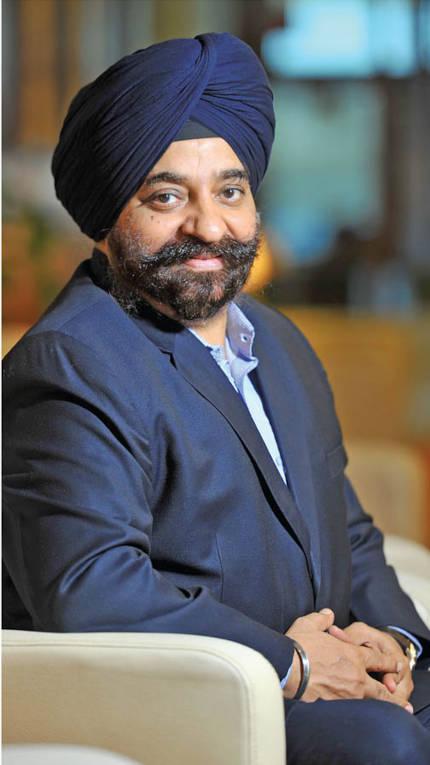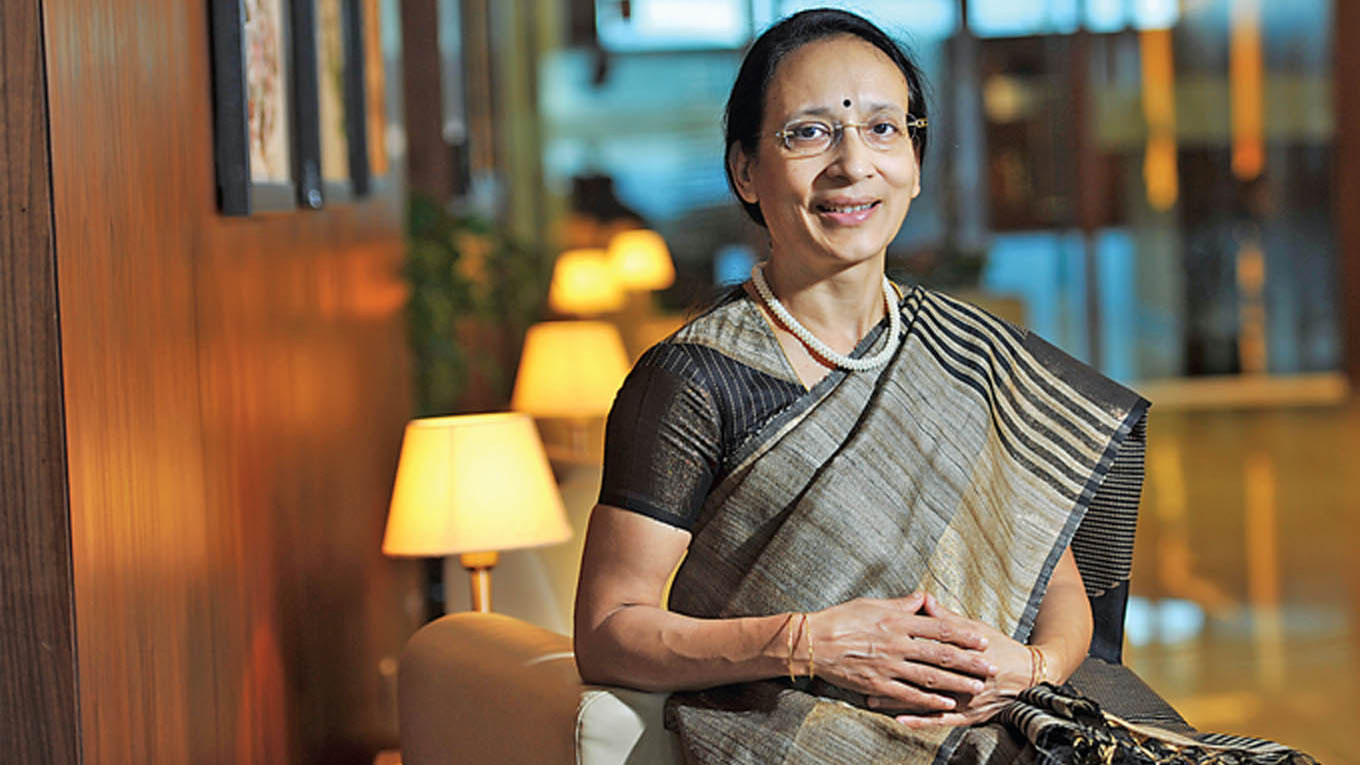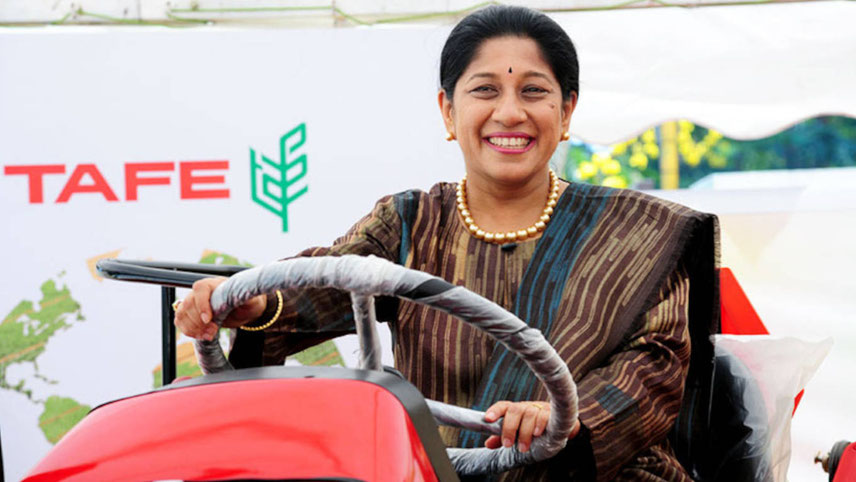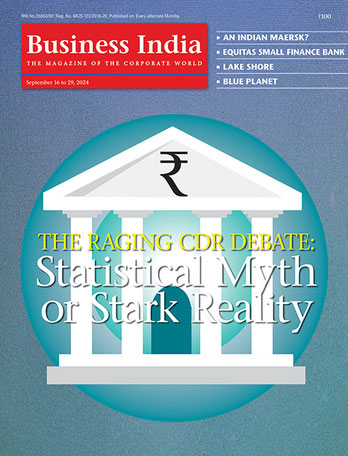-

Singh: fund managers to every Indian
Started in August, the EPFO invested Rs6,577 crore in 2015-16. With the limits being gradually raised to allow EPFO to invest 5-15 per cent of the investible surplus, EPFO chose to diversify its fund managers. Even so, the total quantum of its total funds invested was Rs14,982crore in 2016-17, which is expected to touch Rs20,000 crore. Besides SBI MF four other entities, HSBC MF, Reliance Capital, ICICI Primary Dealership and UTI have received a mandate for three years to manage the funds. “SBI is a big and powerful brand and retail investors are drawn to it,” says Balasubramaniam, CEO, Aditya Birla Capital Mutual Fund, adding that the fund has been aggressively marketing to retail investors, like others in the industry.
Rao’s initial thrust was on ‘improving and rationalising the processes, with a view to enhancing the customer’s experience’. “There is enough competition in the market and one bad experience is enough to lose the customer for life,” she points out. Changing the perception of distributors, as also investors, was the other task high on their agenda. Rationalising that distributors were the immediate touch point with the investors, she felt it was necessary for them to understand the fund’s business philosophies and make their interaction with the different branches more seamless.
Rao also beefed up the online portal to make on-boarding easier for customers. Getting KYC done and opening a zero balance account and reporting was made easier, with a result that nearly 30 per cent of the transactions for buying or selling the various schemes are done online. Payment through debit cards and net banking helps to provide the customer an easy option to invest at his convenience. Nearly 400 new folios are added every day through the zero balance account. What is noteworthy is that investors coming through systematic investment plans are also growing in numbers. While this is a trend witnessed across industry, SBI has seen its live sip accounts move up sharply to 2.44 million in the current fiscal year – more than double the 1.1 million customers it had in 2015-16. This is nearly half of the total investors’ folios, which stood at 5.97 million in October 2017.
-
While the environment has been favourable, SBI MF has also grown its market share in the industry and is close to double digits currently
In terms of orientation, says Rao, SBI MF has evolved from product orientation to solution orientation, giving investors and distributors a choice to create their portfolio by picking products suitable for them, based on their requirements. “Offering investors relevant products suitable to their needs is the new trend,” says Singh.
Wide distribution
The thrust on B-15 centres has also yielded the fund good results. Like Reliance ADAG MF, which had, for the last several years, been focussing on the B-15 centres, SBI has also, over the last five years, actively focussed on these centres. SBI MF, ABC Mutual Fund and Reliance mf have amongst the highest penetration levels in these sectors. “There is a lot of retail money in the B-15 centres that need to be channelized,” says Sundeep Sikka, CEO, Reliance ADAG MF.
From a little less than 1 million folios in 2015-16, the total number of folios for SBI MF has gone up to 1.37 million in 2016-17 – amongst the highest in the industry. Since inception, SBI had focussed on retail customers. As a result, its equity portion of the fund’s portfolio has been much above the industry’s average. In 2016-17, it was more than 50 per cent of the portfolio. Liquid funds, which accounted for as much as 30 per cent of the total portfolio, have dipped to 20 per cent, indicating a lower emphasis on corporate funds and a higher emphasis on the sticky equity funds.
Over the years, the profile of the investors has also been changing. In B-15 towns, especially, Singh says people are more convinced to put in debt instruments. For new investors, who were earlier investing in the traditional fixed deposits of banks, it makes sense to put the funds in debt funds rather than equity. “FD to FD plus and not directly to equity is how the funds are positioned. Given the trust enjoyed by State Bank even in the remotest corners, this is a big differentiator,” says Singh.
According to an analyst, SBI also gets a huge amount of surplus funds from SBI Treasury in its liquid funds. There is also an unwritten rule that surplus funds of PSUs like Coal India should be parked in PSU bank-sponsored funds. This was further strengthened by the problems faced in redemption in the case of J.P. Morgan MF, where investors got stuck for three months. Bank-sponsored funds have an added advantage over private sector funds.
While SBI had taken over Daiwa Funds, a few years ago, it does not plan to aggressively scout for funds in the industry. Rao is more in favour of growing the funds organically. “There is enough scope to grow on our own,” says Rao.
In 2017-18, Rao plans to open 68 new branches, to serve customers well. In B-15 sectors, where investors are coming in for the first time, a certain amount of hand-holding is required, she reasons. Rao has a point in favouring organic growth. Riding on the strong pedigree of its bank, SBI MF can probably have the widest distribution. Reliance mf justifies that, being a non-bank sponsored fund, it can provide undivided attention to the investors, unlike banks, which have many more issues to deal with, other than just advising clients about wealth building.
-
There is enough competition in the market and one bad experience is enough to lose the customer for life
Getting investors on board However, it is the bank-sponsored funds which have registered the highest profits. While HDFC MF has a PBT of Rs800 crore, ICICI MF has recorded a PBT of Rs735 crore and Reliance MF, Rs592 crore. SBI and ABC MF have PBTS of less than 50 per cent of the profit posted by HDFC and ICICI MF. Rao can easily increase both the AUM, as also the profit by smarter deployment of resources.
The mutual fund industry’s efforts in popularising SIPs over the last few years have helped all funds including SBI MF. Rao is of the opinion that, while sips are good for getting on board investors wanting to build wealth, it is also necessary to build products for those who have been accumulating income over a longer period and have built wealth to have an easy tax-efficient mode for withdrawals. It is with this motto in mind that SBI MF has of late been popularising Systematic Withdrawal Plans, which allows them to have a consistent flow of income to meet their monthly expenses, without having the tension of timing the markets.
Life-time solutions, like a child’s higher education, the buying of cars, house, etc, are quite common in markets like the US, but have not taken off in India as yet. From SIPs to SWPS could be the next big shift in the industry. SBI has been trying to popularise this product for retirees in a big way.
Rao is unfazed about the market volatility. Recognising that it is liquidity that is driving the markets currently, she feels that there is a need to moderate expectations amongst investors at this stage. New investors in a bull market, who have not seen the downside, find it difficult to come to terms when the direction of the market changes. Currently, expectations are ruling high and corporate earnings have yet to catch up with the hopes built in the prices of shares. And it is at this point that investors have to be convinced that short-term predictions are difficult and one has to invest keeping a long-term horizon in mind.
SBI MF’s aim is not to just increase the AUM for AUM’s sake; it is rightly looking at increasing its overall market share too, aiming to be one of the top three fund houses in the country. Like SBI, which had a vision of being a banker to every Indian, SBI MF wants to be the fund manager to every Indian, says Singh. With strong tailwinds and aggressive push, it may not be long before the bank-sponsored funds strengthen their overall market share.
(This is reproduced from Business India magazine. This was first published in our issue dated December 4-17, 2017)



































